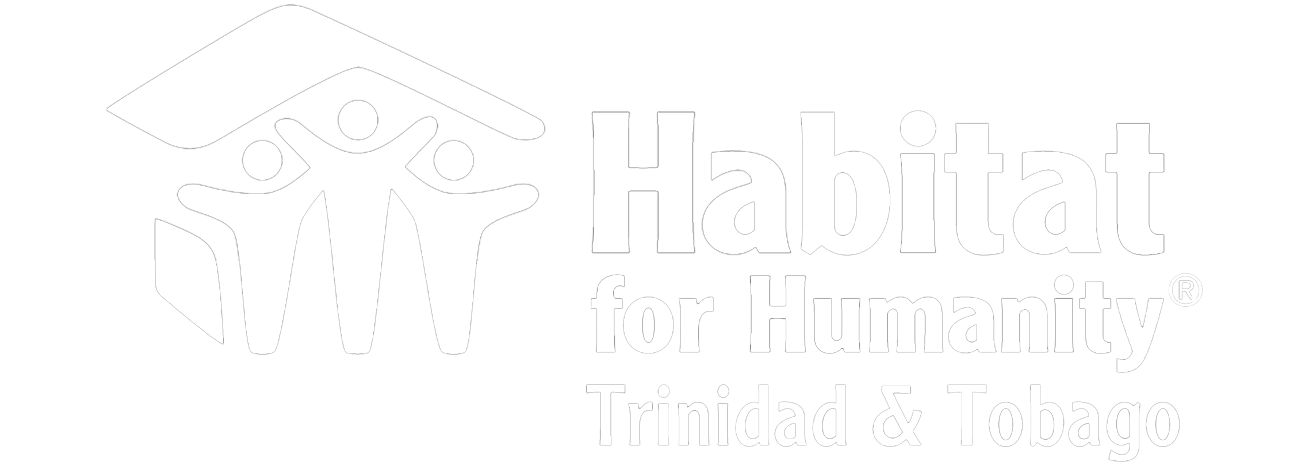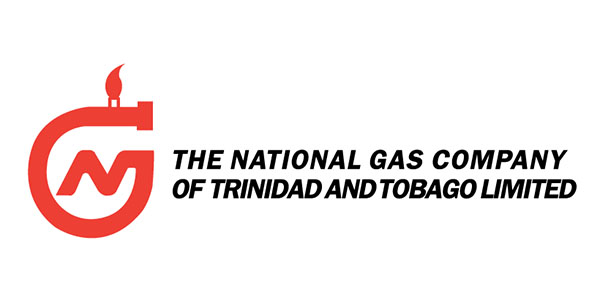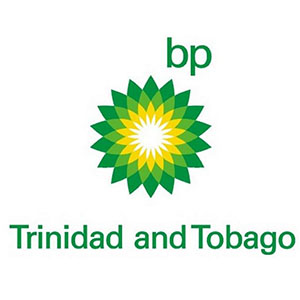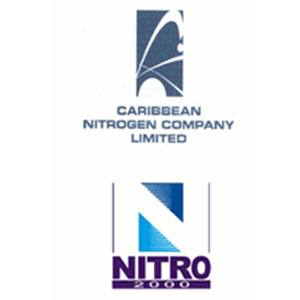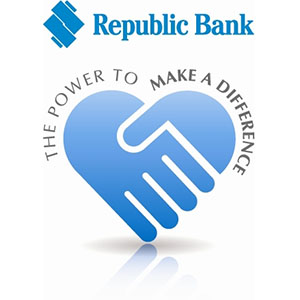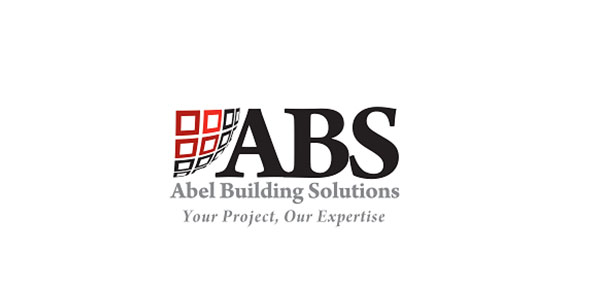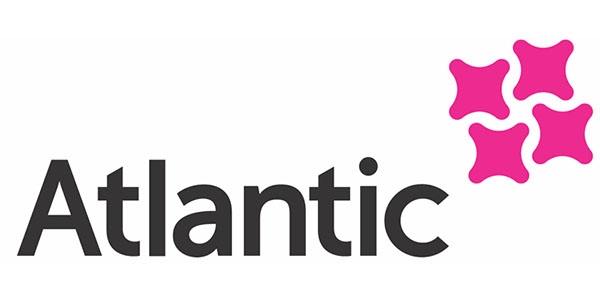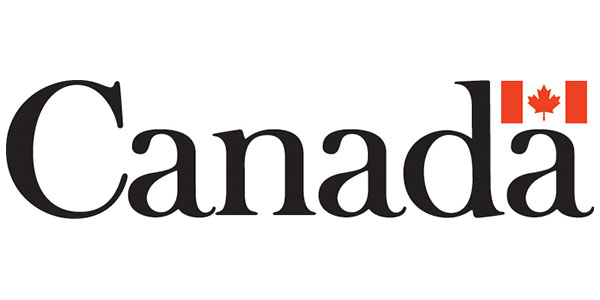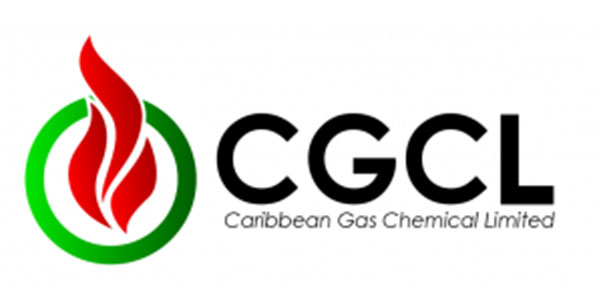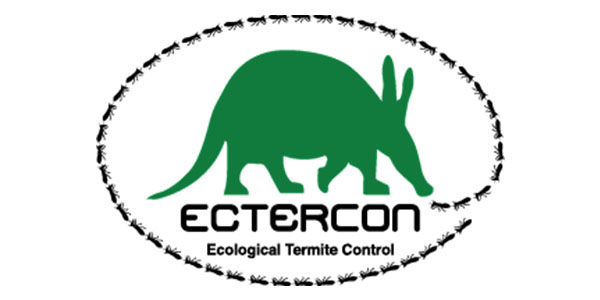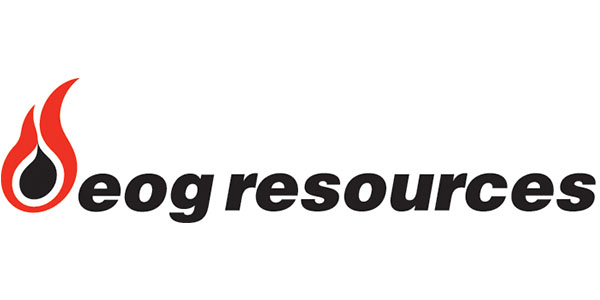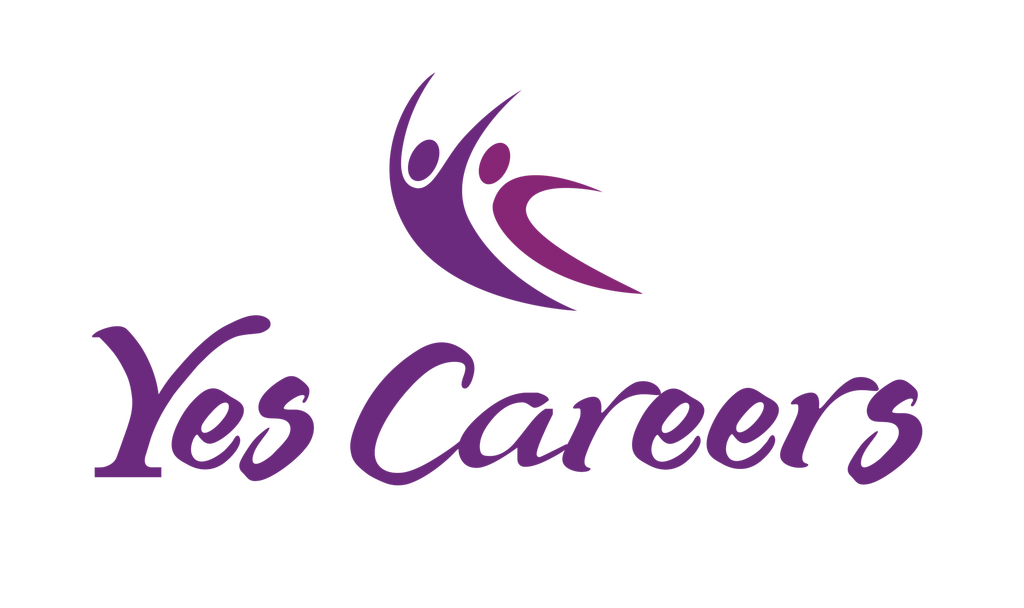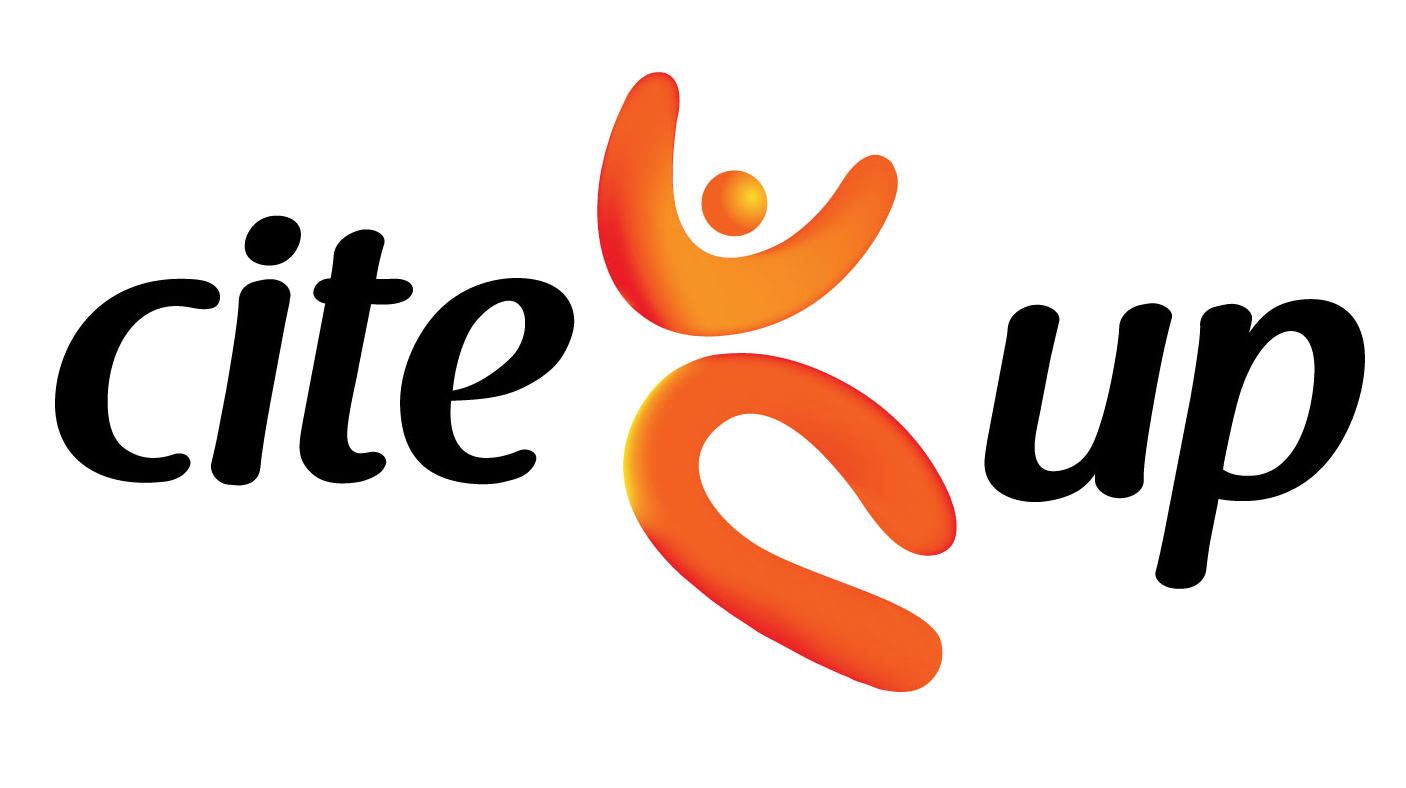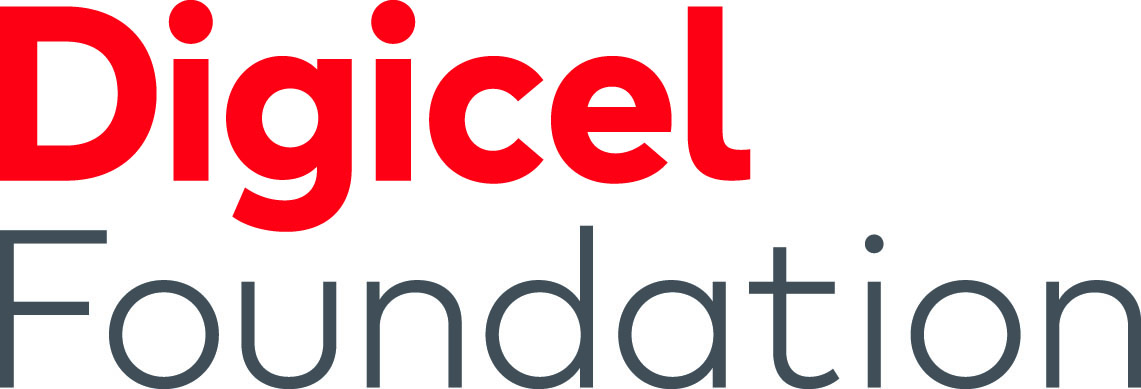Since 1997, Habitat Trinidad and Tobago has contributed significantly to the National Strategic Development Plans, and by extension, the United Nations Sustainable Development Goals for Housing and Infrastructure through:
- Number of Shelter Solutions – new houses, repairs, renovations, sanitation blocks, completions, and materials supplied – 877
- Number of persons benefiting from training and shelter solutions – 4074
- Number of people impacted – 24755
The programmes we offer to individuals, communities and corporate citizens include Basic Home Maintenance and Building Hurricane Resilient Homes, Disaster Mitigation, Emergency Preparation and Disaster Recovery, Financial Management, and Construction Skills Upgrades.
We also have a special focus on Disabilities, people living with HIV/AIDS, and the Gender Communities. We advocate on their behalf to dismantle the systemic barriers to housing & land tenure and change the legislation and policies preventing disabled and vulnerable communities from accessing affordable shelter.
We value our close collaboration with leading NGOs and Civil Society on Human Rights and Land Tenure, and we have been recognized as the Lead Humanitarian Actor on Shelter in Disasters in the CARICOM region. Regionally, we wrote the Trinidad and Tobago National Report on Housing for UN Habitat’s Meeting in Ecuador in 2016 and are supporting the Dominica Government in Building Back Better after the 2017 Hurricane Season, with Training, Capacity -building in the Construction SEctor and other interventions. Our current focus is on collaborating with the International Office of Migration and Lutheran World Relief on Response and Recovery programmes developed for the October 2018 floods and in preparation for the current hurricane season.
A few examples of housing’s catalytic impacts:
1. Housing is a driver, catalyst and contributor for 13 of the 17 SDGs.
2. Housing is a platform for household resilience and sustainability, driving Human Development Index and Multi-Poverty Index outcomes in health, education and standard of living, including indicators in nutrition; child mortality; school enrollment; energy; water; sanitation and durable, healthy construction.
3. Housing as a process can create a sense of place and dignity, building community cohesion as well as one’s social and financial network and assets.
4. Adequate and affordable housing:
• Is a multiplier of community jobs and income.
• Improves household income and financial stability, often providing home-based industry opportunities.
5. Housing is a prerequisite for inclusive, equitable, safe, resilient and sustainable cities.
The five key housing SDGs
Goal 1 – No Poverty
• Adequate housing builds resilience and reduces vulnerability to economic, social and climate-related shocks and disasters.
• Equal access to the economic resources of housing and the ownership and control over land and the income it generates promotes sustainability.
Goal 5 – Gender Equality
• Equal access to housing protects women from discriminatory policies and practices related to land distribution, titling and inheritance.
Goal 6 – Clean Water and Sanitation
• Access to clean water and sanitation are integral to safe, healthy, adequate housing.
Goal 7 – Affordable and Clean Energy
• Housing systems that are energy-efficient and that use affordable, clean energy save costs and reduce air pollution and the effects of climate change.
Goal 11 – Sustainable Cities and Communities
• Access to affordable, adequate, safe and inclusive housing and basic services increases resilience.
• Integrated housing frameworks support economic, social and environmental policy planning and infrastructure linkages across the urban-rural ecosystem.
